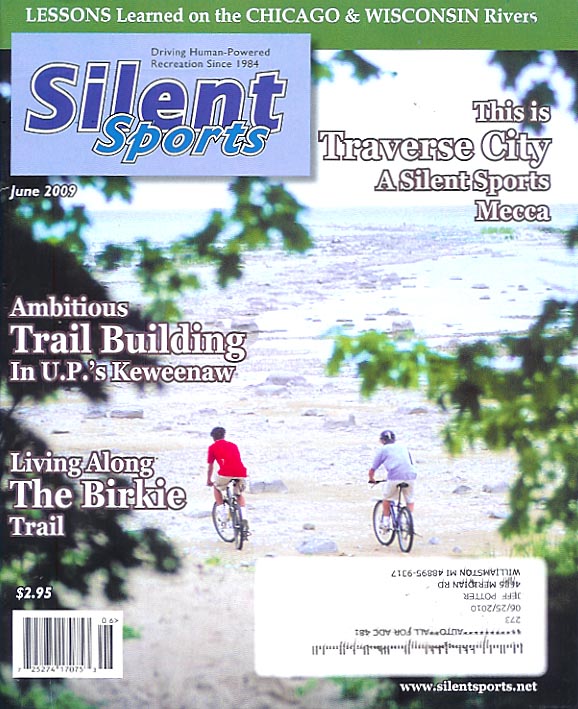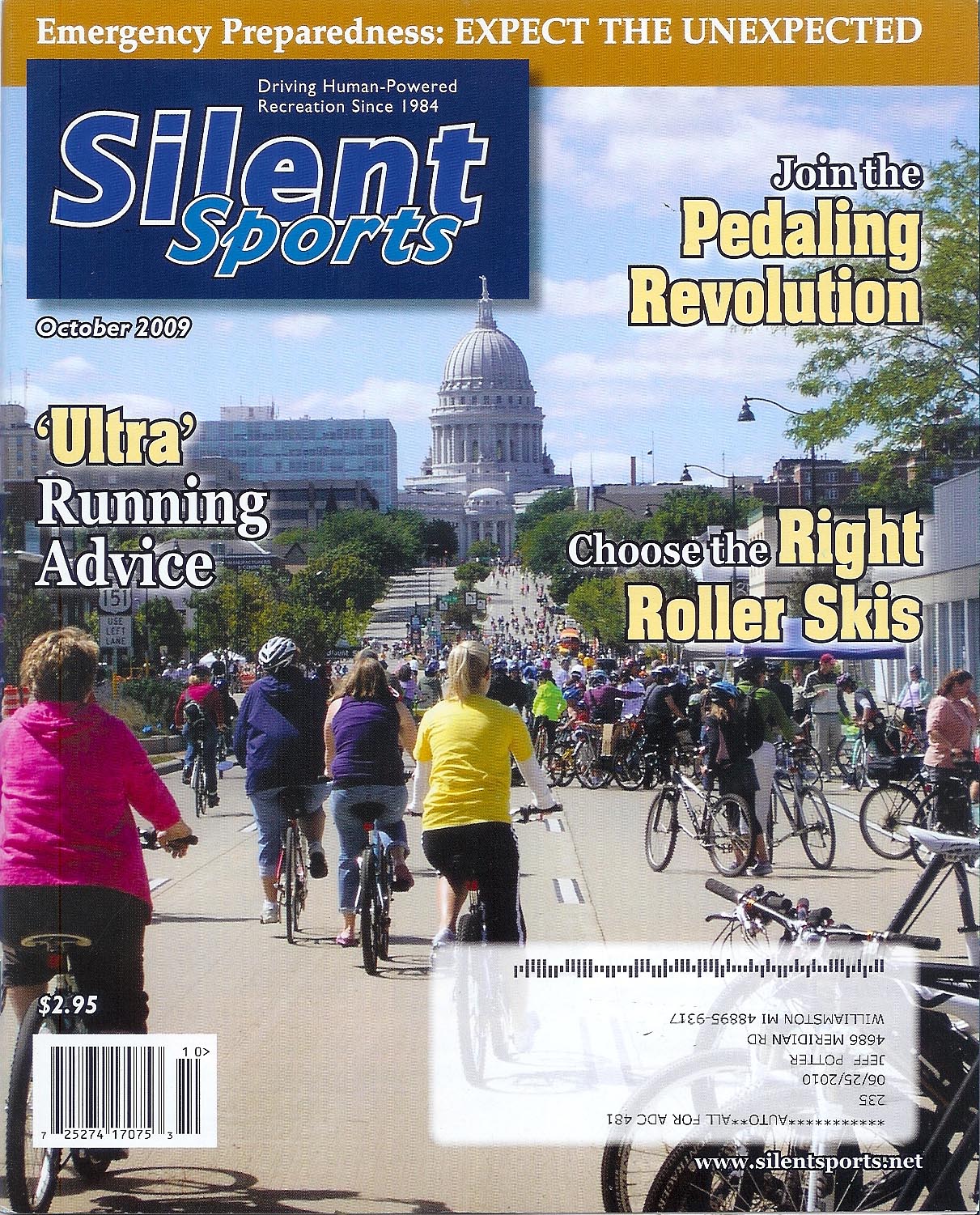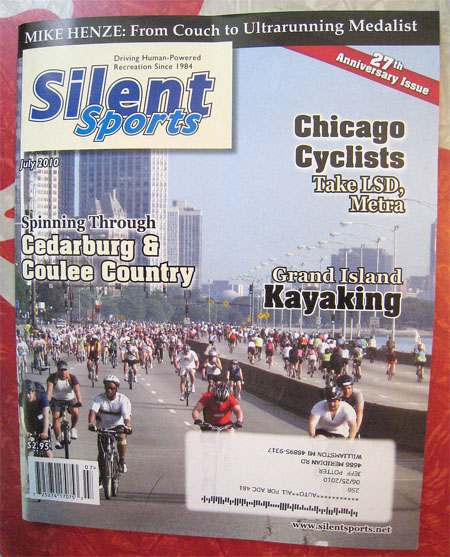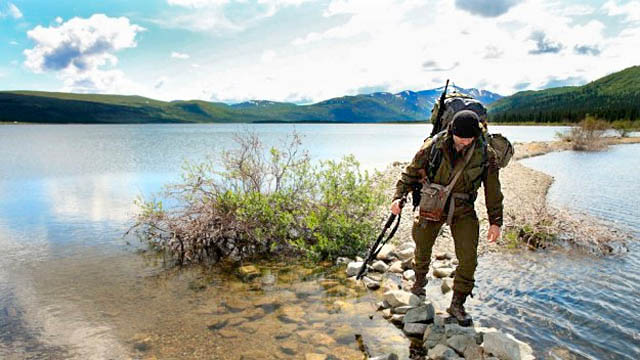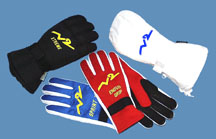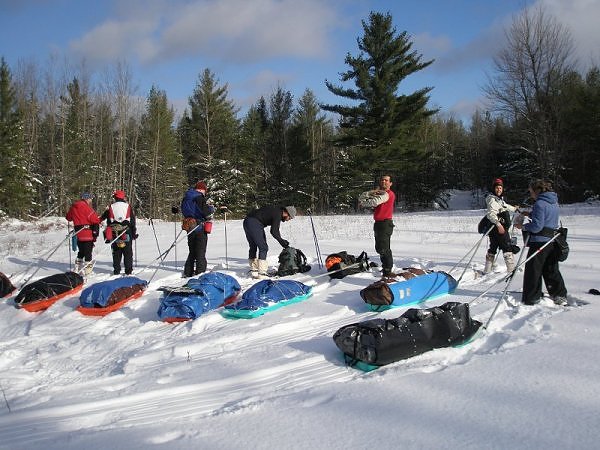This time of year I’m thinking mostly of ski racing. But we can apply this across the range of sports, I bet. Anyway, I’m guessing wildly that it’s:
*expense of entry fees, equipment and supplies
*few events — lots of travel / driving
*boring courses
*complexity, mystery and uncertainty of prep
*endless hours in the wax room
*difficult skill
*for the organizer it might be: scarcity of venues; the overhead burden of trail grooming
*not so friendly and convivial — lots of gel-packs, strictness, fussiness, not so much partying or picnicking, show-up-race-pack-up, chili, beer, awards, go home
*only intense people involved — only the top tier shows up
—
The least relevant of these would likely be difficulty of the skill. People love learning skills and comparing their skill level of tricky sports.
—
How to best reverse all the factors holding back ski racing?
Answer:
*set up events so that expensive equipment (and supplies) are less of a factor
*free events held hither and yon, anywhere the snow and terrain are good — turns travel into a nonissue in snowcountry
*lay out low-tech, low-impact singletrack courses the follow the best accessible terrain in an area — easy to have many such venues
*forget grooming — do the minimal possible — maybe pre-run with snowmobile or a few skiers — save the money, uncertainty and time
*challenging courses on ungroomed trails make fancy skis, grinds, waxing into a non-issue
*ungroomed courses can be optimally skied on a wide variety of common, thrifty touring skis
*challenging singletrack courses put a premium on physical skill over equipment fussing
*free, casual singletrack venues would bring out the bonfires, picnics, parties
*skiers of all ages and skills could use the same course on same day, some racing, some touring
***
PS: Of course there are hot-spots and even hot-countries, but how to get the whole thing to spread around more…

